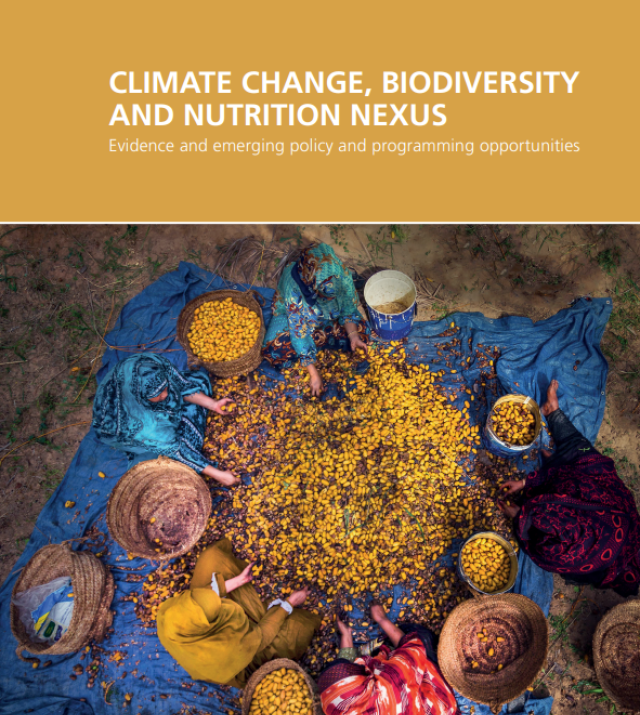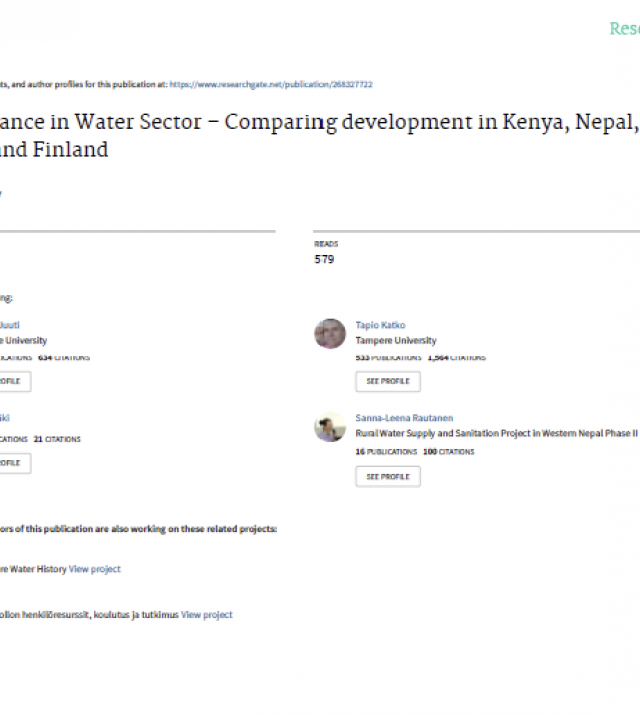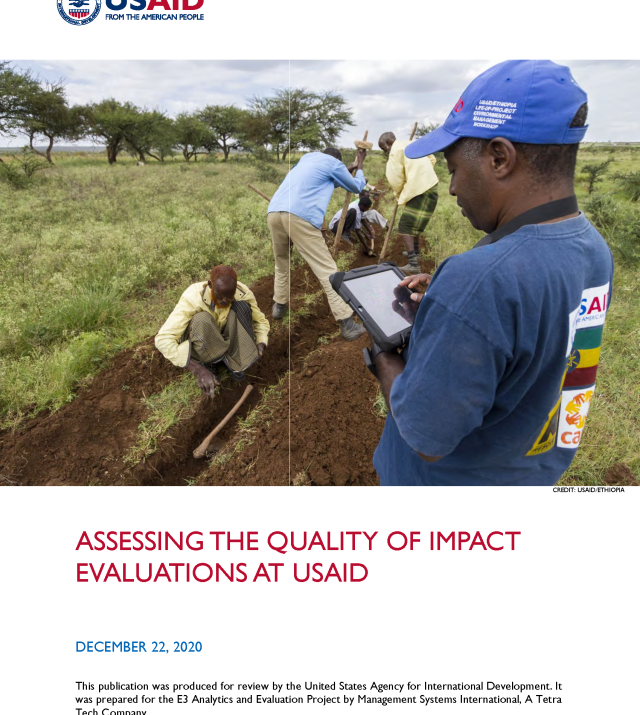
Climate Resilient Water Infrastructure: Guidelines and Lessons from the Be Sure Project.

The Water Security for Resilient Economic Growth and Stability (Be Secure) Project in the Philippines is a four-year activity that seeks to improve water security to support resilient and stable economic growth in the Philippines. It is being implemented by AECOM International Development with funding from the United States Agency for International Development (USAID) in close coordination with the Government of the Philippines. The project promotes good governance, builds capacity in water security, improves access to water and sanitation services, and builds more resilient communities. At the national level, activities focus on strengthening water sector regulatory reform. For local and regional activities, the project works with local government units (LGUs) and water service providers (WSPs) at the watershed scale to improve capacities for integrating climate change adaptation and disaster risk reduction into local planning and the provision of water supply and sanitation services. Key counterparts include national government agencies, LGUs, and public and private WSPs. Be Secure also works in partnership with academic institutions as centers of excellence that can sustain project initiatives. One of the initiatives of Be Secure is to develop climate resilient communities. USAID’s Climate-Resilient Development Framework1 has adopted the definition of “climate resilience” described by the Intergovernmental Panel on Climate Change (IPCC) as the capacity of a system to “anticipate, absorb, accommodate, or recover from the effects of a hazardous event in a timely and efficient manner, including through ensuring the preservation, restoration, or improvement of its essential basic structures and functions.
This paper compiles data and information on the range of practices in infrastructure design found throughout the Philippines, and how the infrastructure was affected by climate-related events such as damaging storms like Yolanda, as well as droughts during El Niño periods. Using Be Secure’s experience to build climate-resilient water supply infrastructure, the paper guides WSPs and LGUs on best practices for building and sustaining climate-resilient water supply systems. The lessons gleaned from the experiences illustrated herein are intended

